The Undiscovered Monterey Peninsula
Monterey (Part 2)
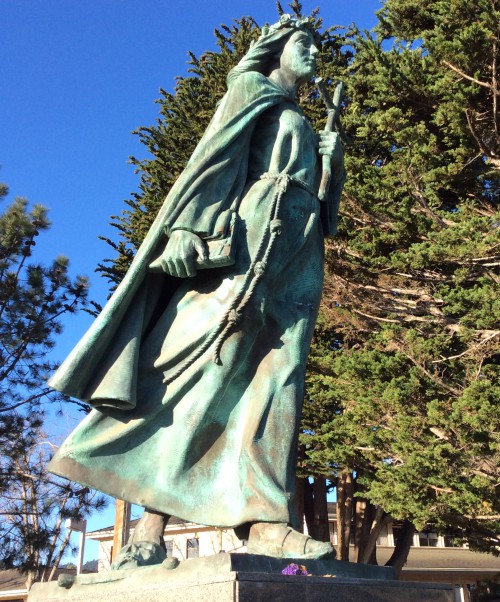
Santa Rosalia looks out over the Monterey Bay, watching over its fishermen.
Last week we began a multi-part series on the City of Monterey, which is just down the road from our SSCS offices here in Salinas, California. Last week’s post serves as an introduction to the series, so if you haven’t read it yet, you can find it here.
This week our focus is on the historical sights of Monterey, of which there are plenty given that the city was founded in 1770 by Junipero Serra, who also founded California’s missions. Since Monterey was under both Spanish and Mexican rule in its first 70 or so years, the influences of those cultures are fully reflected in its oldest buildings.
The fishing industry is also an integral part of Monterey’s history, meaning its culture is also shaped to some extent by Italian- and Portuguese-Americans (the photo that leads off this post is one such example, and there will be more next week when we tackle Cannery Row and Fisherman’s Wharf).
Most of what you’ll see in the following photos can be found in the area of historic downtown Monterey we’ve called out below for your reference. Cannery Row and Fisherman’s Wharf are called out, too, in preparation for next week’s post:
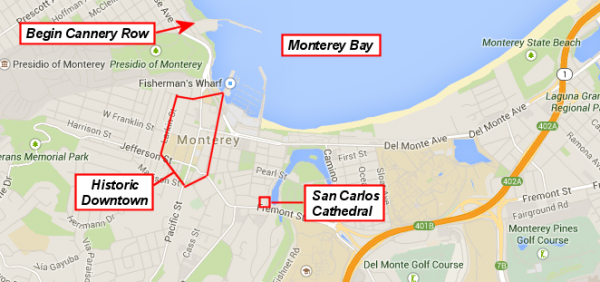
If you were to choose a building most emblematic of Monterey’s history, San Carlos Cathedral would be an appropriate choice, as it is basically ground zero for Monterey’s birth. Reflecting the city’s rich Roman Catholic heritage, the building pre-dates the missions and is the oldest continuously operating parish and the oldest stone building in California.
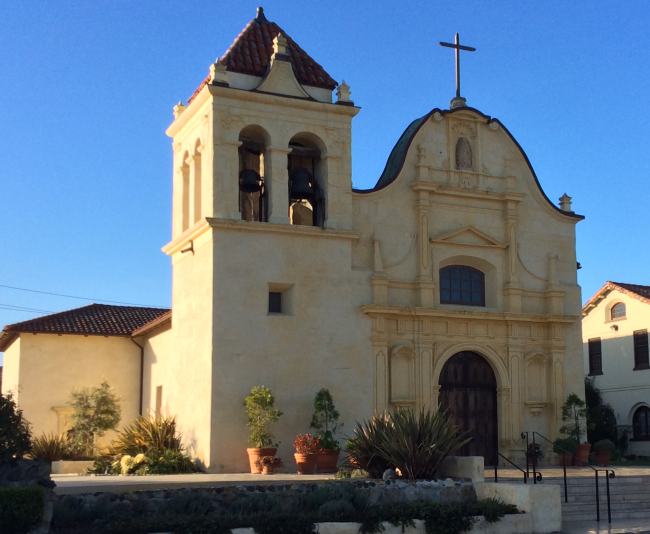
San Carlos Cathedral pre-dates the missions.
The compound that surrounds the cathedral is full of interesting details, too, such as this statue of the Blessed Mother and the Christ Child that adorns the building’s perimeter wall:
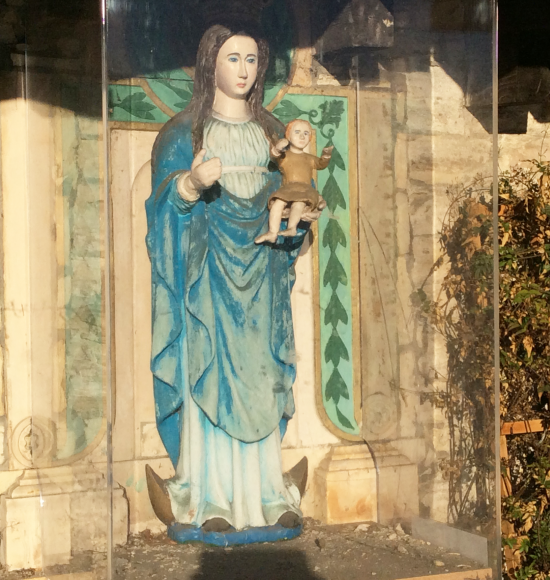
Oddly enough, but worth noting, the Orientations Asian antiques stores is right across the street from the Cathedral, making for an interesting contrast in styles, to say the least:
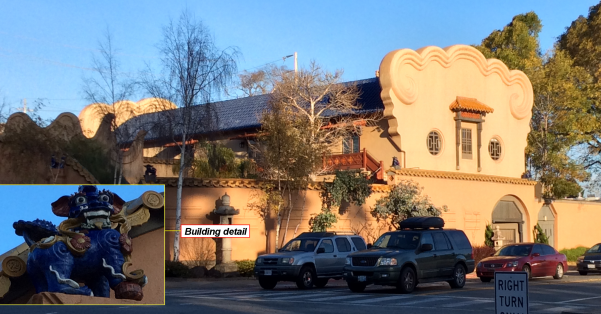
The Orientations Asian antiques store. San Carlos Cathedral is hidden in back.
While we’re on the subject of iconic buildings, Colton Hall was constructed in 1840s, hosted California’s first constitutional convention, and once was Monterey’s city hall. Today it is part museum and part government building, with a large surrounding park area that adds verdant beauty to the city:
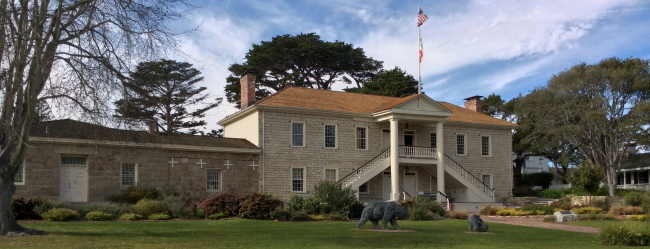
Colton Hall in all its splendor. Note the bear statues frolicking on the lawn.
The huge lawn makes this a popular place for locals to relax and have fun on a nice day, as this jolly young fellow will be the first to tell you:
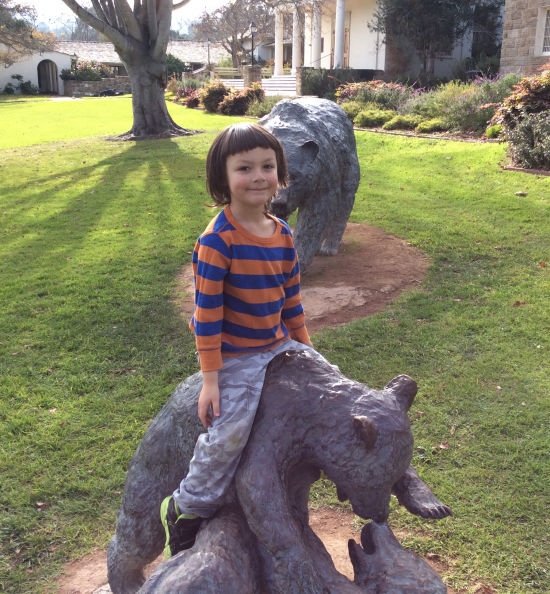
Riding the bear cubs at Colton Hall. Be careful young man!
Another building that is central to Monterey’s (and California’s) history is the Custom House, constructed circa 1821 by the Mexican government. It’s California’s first historic landmark and it’s oldest public building, and was the first place the American flag was raised in California (on July 7, 1846). If you’re interested in the history of the building, it has a prominent place in the setting of the short story, “Charlotte’s Light” by Ken Jones, found in this collection.

The historic Custom House
Other historic buildings you’ll find in Monterey, in no particular order, include California’s first theater, built in 1845:
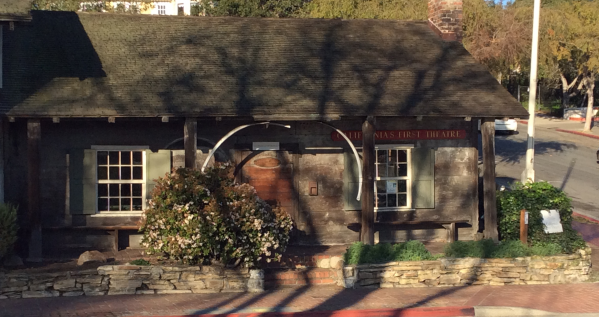
California’s first theater
California’s first brick building, built in 1847:
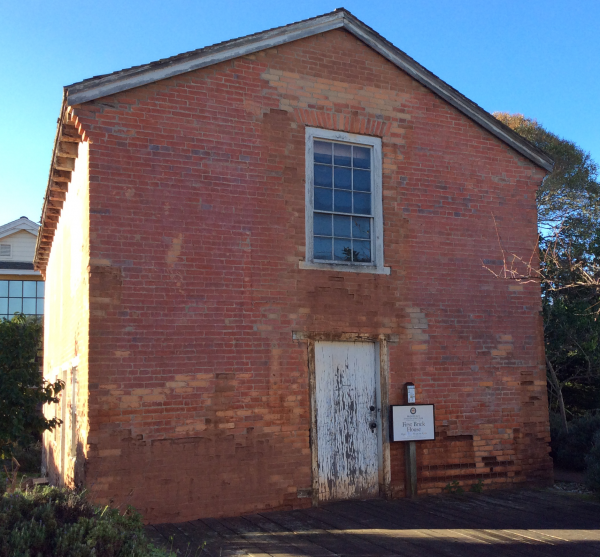
California’s first brick building
The Joseph Boston Store, also built in the 1840s and home to the first iron safe in Monterey, a favorite place for miners looking to store their gold:
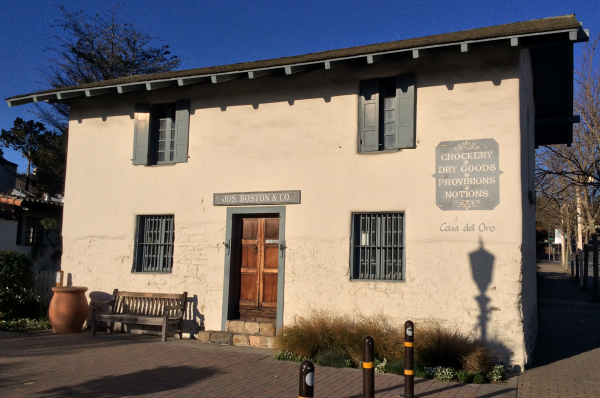
The Joseph Boston Store
There’s also this building which was built in 1847 and became headquarters of the Old Monterey Whaling Company in 1855:
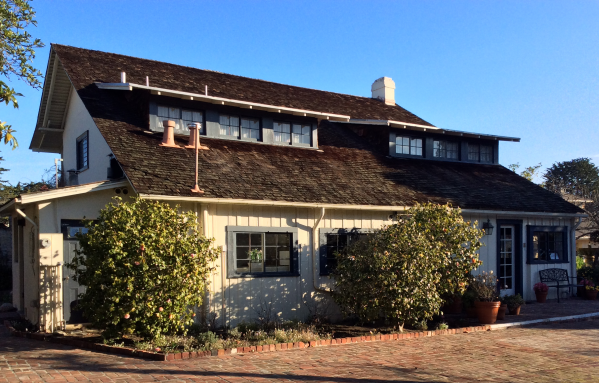
The Old Whaling Station, at one time home of the Old Monterey Whaling Company
Of course, we’ve merely scratched the surface of the historic attractions winding through the streets of Old Monterey, but this should give you a nice little taste of what awaits you should you ever visit. Next week we’ll move closer to the water to provide an exclusive look at two of Monterey’s most well-known destinations, Fisherman’s Wharf and Cannery Row. See you then!
Note: We would be remiss if we did not mention the website Historic Monterey, which has a lot of information on these buildings and many others. It was an invaluable source of facts used to help create this post. Please check it out here.






Leave A Comment